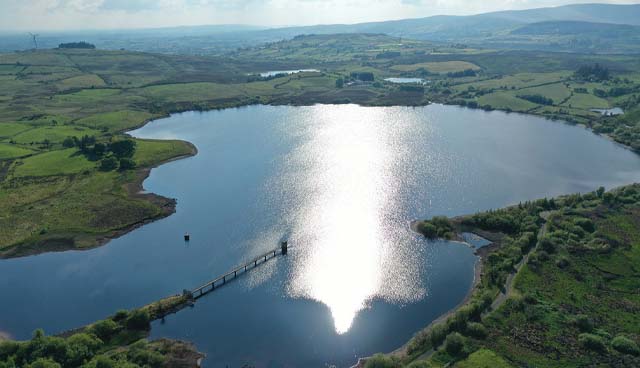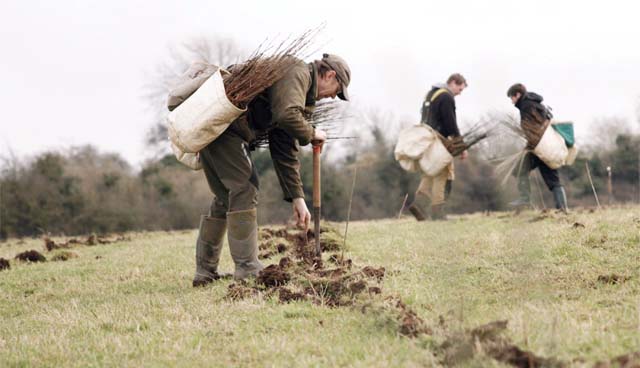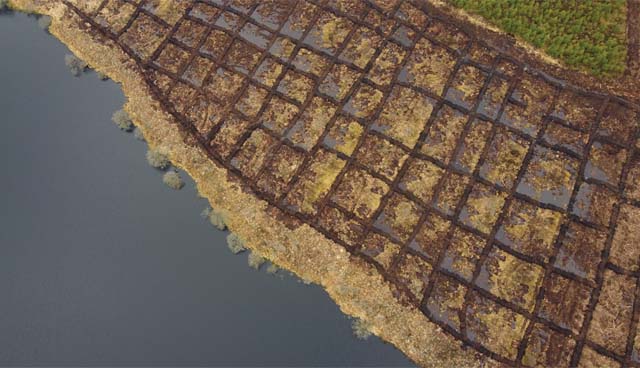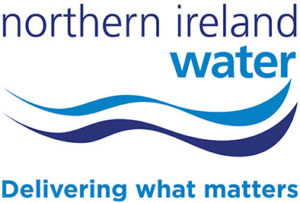NI Water: Innovation over mitigation

NI Water’s Director of Business Services, Alistair Jinks, discusses how NI Water is going beyond simply mitigating against climate change and utilising its assets for maximum benefit.
With record high temperatures here in Northern Ireland and devastating floods across Europe, this summer has shown that climate change is not only real but respects no boundaries, whether national or institutional. It is a fact and we have to deal with it together.
The question is how? For NI Water, along with doing their day job of providing water and waste water services, they have spent much of the last three years asking that question; not least because it is clear that climate change is already impacting day to day operations and will increasingly do so, year on year, for the foreseeable future.
Already this summer, NI Water has seen soaring water consumption as temperatures have risen, levels of use the water treatment system was not built to deliver. Dealing with this increase in demand is a significant challenge.
But the future impacts go well beyond the immediate, because climate change, and the efforts to address it, fundamentally change the strategic context in which an organisation such as NI Water operates.
To take one example, NI Water is Northern Ireland’s largest user of electricity. NI Water need not just a secure supply, but to be able to buy that supply at a cost which is affordable to consumers in a region where fuel poverty is already all too real a problem.
Historically, Northern Ireland depended on fossil fuel power stations to generate and guarantee its supply: both high carbon, and, relatively, high cost. In the past decade, however, that picture has changed with 49 per cent of our electricity coming from renewable sources, making Northern Ireland a leader in transforming its energy system.

But 88 per cent of that renewable supply comes from what is called variable sources, in other words, wind or sun. Great when the wind is blowing or the sun is shining. Not so good when they are not.
At the moment, the gaps in supply are made up for by reverting to fossil fuel power plants, but the question is how do we replicate that safety net once they have been phased out to help meet the net zero target?
And that question is particularly acute because it comes at a time when the demand for electricity is only going to go up, even as the predictability, stability and certainty of supply could go down with the inevitable impact on price.
NI Water’s Director of Business Services, Alistair Jinks explains: “As the largest user of electricity in Northern Ireland, it has become increasingly clear to us that NI Water has to be part of the answer, both to help guarantee security of supply, and to keep costs under control for our customers.
“Like many organisations, our initial thinking about climate change was dominated by how we could mitigate our impact by reducing and off-setting our carbon emissions. Hence one of our plans is to plant one million trees in the next decade.”
Jinks says that in an area so lightly forested as Northern Ireland, this will have a real and positive impact, improving the water quality of streams and rivers, as well as helping to slow water flows in the event of flooding. Additionally, the one million trees will improve Northern Ireland’s natural habitat, which Jinks highlights as an “undoubted public good” both in its own right and as part of addressing climate change.
“However, as we have developed our thinking during the past three years, it has also become increasingly clear that we can, and should, do more. Many studies have implied that adding excess carbon to the atmosphere may have a high impact on people’s heath and mortality rate,” he adds.
“Part of that thinking is about how we can improve our energy efficiency, using innovative data analytics to both reduce the amount of electricity we use, and to align that use with periods of the day and night when demand, and therefore, cost is lowest.

“That flexibility could also be vital in helping the Northern Ireland electricity system adjust to a world in which supply is more variable.”
Outlining the role NI Water can play in achieving the balance between supply and demand, Jinks says: “Improving our energy efficiency is only one part of the story. At the moment, 20 per cent of the potential wind power in Northern Ireland is wasted because it happens at night when the demand for electricity is low, and the turbines are curtailed.”
Suggesting that batteries have a role in storing surplus electricity for later use, or at times when the wind is not blowing, the Director of Business Services, says: “NI Water has over 3,000 sites spread right across Northern Ireland which could be used as the location for such batteries.
“Going further, can we use NI Water’s main assets, land and water, as part of a broader plan to transform Northern Ireland’s energy system from one that is high carbon, high cost to one that is low carbon, low energy cost — with all the benefits that would bring.
Hydrogen
“Electrolysis could be one way to do that. An electrolyser uses water to produce hydrogen and oxygen. For NI Water the advantage of oxygen is that it can be used in wastewater treatment plants to improve their efficiency. That is important because, as a result of lack of investment going back decades, our wastewater treatment plants lack the capacity needed to let our towns and cities grow.
“Hydrogen can also be used as an alternative, low carbon fuel in public transport which is more difficult to electrify.”
Could NI Water, therefore, produce sufficient hydrogen to help power our buses, and enough oxygen to grow the capacity of its treatment plants?
“We are already running a small electrolyser pilot at Kinnegar and have plans for a larger demonstrator model in Belfast before the end of the year to find out,” says Jinks.
“So, possibilities, and remaining questions, but NI Water’s thinking during the past three years has demonstrated two central lessons: we need to both innovate, and corroborate.
“We need to think about climate change differently. We need to go beyond mitigation, important as that is, to think about how we use the assets that we take for granted, in our case land and water, in a way that makes the best use of them in a way that helps heal, rather than damage the planet.
“But we can only do that together. Just as climate change does not respect national or institutional boundaries so too must the solutions cross traditional limits.
‘In Northern Ireland that means all the agencies involved, whether government departments, the utilities, the regulator and the private sector, working together to harness not just our collective assets, but, also, our collective thinking to produce a coherent plan that works for Northern Ireland.
‘How we do that will be one of the main challenges we face this decade,” Jinks concludes.
W: www.niwater.com






